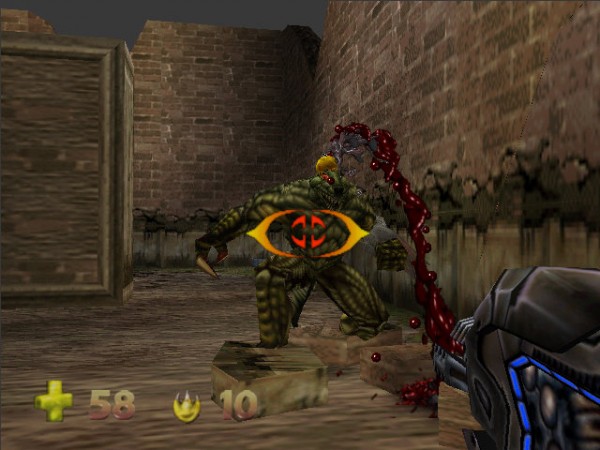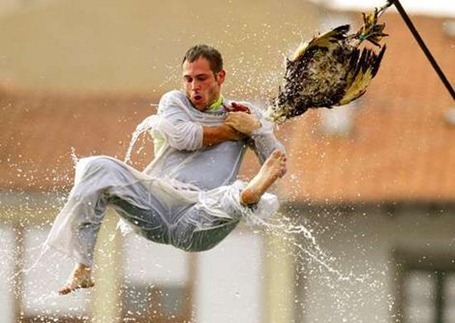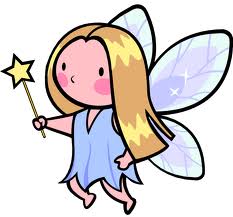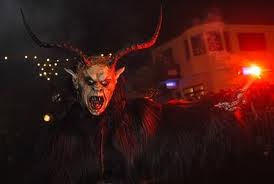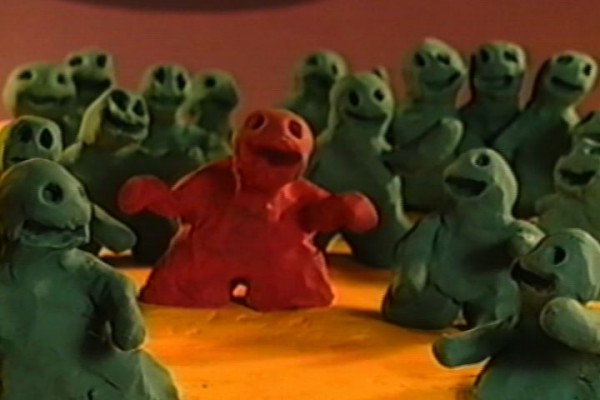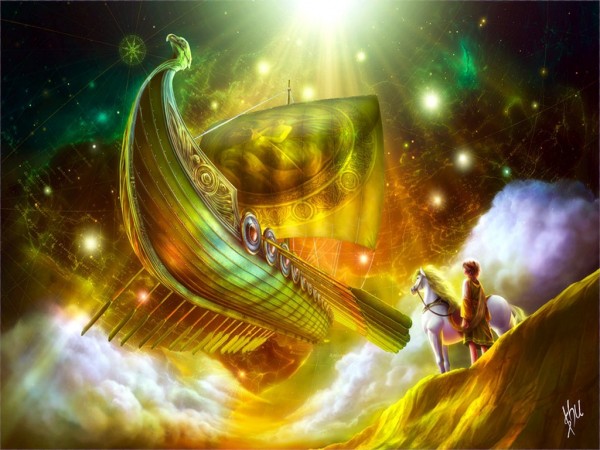The Bard is often praised for his beautiful verse, and the depictions of romance and fantasy contained within his plays. But he’s equally famous for the gruesome and creative deaths he inflicts on his characters. Some are taken from history or myth, others are from Shakespeare’s own imagination. From poison to drowning, there’s a myriad of interesting ways to die in our Top 10 Most Interesting Shakespearean Deaths.
10. King Hamlet

In Shakespeare’s longest play, there are lots of interesting deaths. But my personal favorite comes right at the start, with the death of King Hamlet, the father of our Danish hero. In fact, the King is dead at the opening of the play but in great Shakespearean tradition, he appears again as a ghost. And in this case, he’s all too ready to spill the beans on how he died. The perpetrator was his brother Claudius and the method of dispatch was poison in the ear as he slept. Yes, in the ear. Poisoning someone’s food is obviously far too straightforward and common, but a drop of ear-poison? Genius!
The ghost doesn’t hold back on describing his death – it’s probably quite a relief to be able to talk about it someone – and Shakespeare gives over a full 50 lines to it (no wonder the play’s so long). But the key bit is here:
“Upon my secure hour thy uncle stole,
With juice of cursed hebenon in a vial,
And in the porches of my ears did pour
The leperous distilment; whose effect
Holds such an enmity with blood of man”
Juice of cursed hebenon! What a way to go…poor Hamlet senior.
9. George, Duke of Clarence

Another of Shakespeare’s most famous plays, Richard III is a little incomprehensible to anyone who doesn’t have an intricate knowledge of British medieval politics, thanks to everyone having similar names and the crown constantly passing from one side to the other in a most annoying fashion. But the character we’re focussing on is the Duke of Clarence, also known as the title character’s little brother.
You have to feel for George – both of his brothers got a shot at being King and what did he get? Locked in the Tower of London on a trumped up charge and eventually brutally murdered. But at least his death was memorable – stabbed and then drowned in a butt of malmsey wine. He also gets a really, really long death scene with the murderers repeatedly telling him to prepare to die, while he monologues on and on. It’s almost an anti-climax when one of them finally decides to do it:
“Take that, and that: if all this will not do, (Stabs him) I’ll drown you in the malmsey-butt within.”
Farewell Clarence!
8. Lady Macbeth

Another play with a fair helping of both deaths and ghosts, it seems strange that the death of one of the main characters happens off-stage in a slightly oblique way. But Shakespeare did enjoy a good bit of obliqueness. The death of the Queen is announced to Macbeth in Act 5, Scene 5 with an underwhelming “The queen, my lord, is dead”, to which he replies that he basically has a lot of other stuff going on in his life right now and doesn’t really care. The exact cause of death is unknown, but it’s assumed she killed herself (probably by throwing herself off the battlements of the castle) after a slow descent into madness. An interesting way to deal with such an important character.
7. Romeo and Juliet

Another famous play, another suicide or two. No-one ever claimed that Shakespeare was uplifting, did they? These two die as a result of teenage love and, quite frankly, teenage overreaction. If they’d just told their parents from the start that they wanted to date, maybe they could have all sat down together and worked something out? But no, there are duels (that end with the death of the wonderful Mercutio, as well as the snidey Tybalt), secret marriage and exile before Juliet decides that the rational solution to all this is to fake her own death. Romeo rushes off and kills himself over this before he really has time to think it through (or indeed wait for the messenger who would have cleared the whole thing up) and, upon waking, Juliet decides to kill herself too, forgetting that she’s only about 14 and probably would have met someone else soon anyway. Maybe that nice chap Paris? Oh wait no, he got killed pretty arbitrarily by Romeo a few minutes beforehand. It’s all a bit unnecessary really, but that’s the nature of tragedy for you…
6. Coriolanus

As we get into the more obscure plays, the deaths get more obscure too. Take the jolly romp of Coriolanus, about a Roman commander who makes enemies of pretty much everyone, including his own son. It’s pretty inevitable that he’ll die at the end, and he senses it might be coming when he’s surrounded by a baying crowd shouting for his death. Coriolanus offers a suggestion of what they might want to do “Cut me to pieces, Volsces; men and lads”, which is quickly taken up the crowd shouting “tear him to pieces!”. That’s led some people to think that he is literally cut into pieces by his killers, but the stage direction given just after his death by stabbing suggests not – “AUFIDIUS stands on his body” implies that there’s still a body to stand on. Pity – it would have been more interesting if he’d actually been dissected at the end.
5. Timon of Athens

Another death which makes you think that Shakespeare just couldn’t quite be bothered. Timon of Athens is an allegory which stands up well in our credit-crunched times – it’s about a man who gives generously, but also borrows excessively and ends up in massive amounts of debt. Plagued by his financial troubles, Timon goes to live in a cave, far away from mankind, and just kind of dies there. His epitaph reads:
“Here lies a wretched corse, of wretched soul bereft:
Seek not my name: a plague consume you wicked caitiffs left!
Here lie I, Timon; who, alive, all living men did hate”
So, Timon died of bitterness and living in a cave. Must try harder with these deaths, Shakespeare!
4. Hector

Troilus and Cressida has never been the most popular Shakespeare play, and is largely unsure of whether it wants to be a tragedy or a comedy, with some bawdy humor taking place alongside the big issues of love and death. And the ending is strange, with Troilus and Cressida being split up and Cressida betraying him for another. There’s no real resolution to that situation, and then the Trojan hero Hector gets killed too, just to make sure the audience are thoroughly depressed when they leave. But what a death! Not only does he get to be killed by the great Greek hero Achilles (who spends much of the play sulking in a tent), he also gets dragged around Achilles’ horse to really drive the message home to those Trojans. The last two lines of the play are “Come, tie his body to my horse’s tail/Along the field I will the Trojan trail”. It may be a depressing death, but at least it’s a heroic one.
3. Cleopatra

In case you haven’t had enough of suicide by now, here’s another one. But this one takes on the unusual method of clown+snake. By Act 5 of the play, Cleopatra is feeling a little fed up – her lover Antony has killed himself and Caesar has arrived to claim her as his own, and parade her through the streets of Rome. Determined to stop that happening, she instead elects to kill herself. Her first attempt fails when her knife is taken away from her, but when she succeeds it’s in the most theatrical style possible.
She dresses in her finest robes, and agrees to see a “rural fellow”, described in the script as a clown. He has a basket of figs, but it also contains the “pretty worm of Nilus” – a venomous snake, whose bite is almost certain to kill. Cleo puts on her crown, kisses her handmaiden (who falls down dead) and then applies an asp to her breast, with the words “With thy sharp teeth this knot intrinsicate/Of life at once untie” and a slightly disturbing analogy about the snake being like a baby. Then she applies another asp to her arm and dies mid-sentence. Her other handmaiden follows suit, which leads to this most poetic exchange on Caesar’s servant’s return:
Dolabella: How goes it here?
Second Guard: All dead.
Truly a master of words was Shakespeare!
2. Cloten

Set in Roman-occupied Britain, Cymbeline is a fiendishly complicated play including a foolish bet between two men that goes awry, lost heirs to a kingdom and the Shakespearean staple of a girl dressing as a boy. The girl in question is Imogen, daughter of King Cymbeline. She is hiding out in a cave in Wales, with her brothers (although she doesn’t know they are her brothers), when her stepbrother Cloten comes to find her, with the intention of raping her on her lover’s corpse. Such a lovely character deserves a horrible death and he gets it, with his head lopped off by one of Imogen’s long-lost brothers after insulting him with cusses like “rustic mountaineer”.
Confused yet? It gets more confusing. At this point, Imogen has taken some medicine which is actually poison, but which is actually not poison. She dies but doesn’t really die, and is placed next to the body of Cloten. Which leads to one of the all-time greatest Shakespearean moments as she wakes up next to a headless corpse, thinking it’s her lover (aptly named Posthumus). Her words of grief are, again, quite special:”O Posthumus! alas/Where is thy head?/Where’s that? Ay me!/Where’s that?”
Cloten’s death, along with some of the others on this list, was imaginatively re-enacted in the Vincent Prince film “Theatre of Blood“.
1. Chiron, Demetrius and Tamora

A triple bill of death to finish with, from the blood-soaked Titus Andronicus. The play starts with General Titus Andronicus returning from war with a lot fewer sons than he started with, and it’s no spoiler to say that he loses a few more along the way. There are 14 deaths altogether, including one near the end where someone is buried up to his neck and left to starve. But for sheer creativity, our number one slot goes to the fate of brothers Chiron and Demetrius and their mother Tamora.
Queen of the Goths Tamora is a prize brought back from war by Titus,who resents him for sacrificing her eldest son (this is not a good play to be a son in). Her sons take vengance by brutally raping Titus’ daughter and removing her tongue and hands so she can’t tell anyone. But Titus finds out anyway, and exacts an even worse fate on the brothers…by having them baked into pies and fed to Tamora. He unveils this plot in the final scene, as she’s just finishing up the pies with this speech:
“Why, there they are both, baked in that pie;
Whereof their mother daintily hath fed,
Eating the flesh that she herself hath bred.
‘Tis true, ’tis true; witness my knife’s sharp point.”
before stabbing her. He himself lasts another line before being stabbed, after which follows a bloodbath worth of Tarantino. Any student who thinks Shakespeare is tame really needs to read this play!



